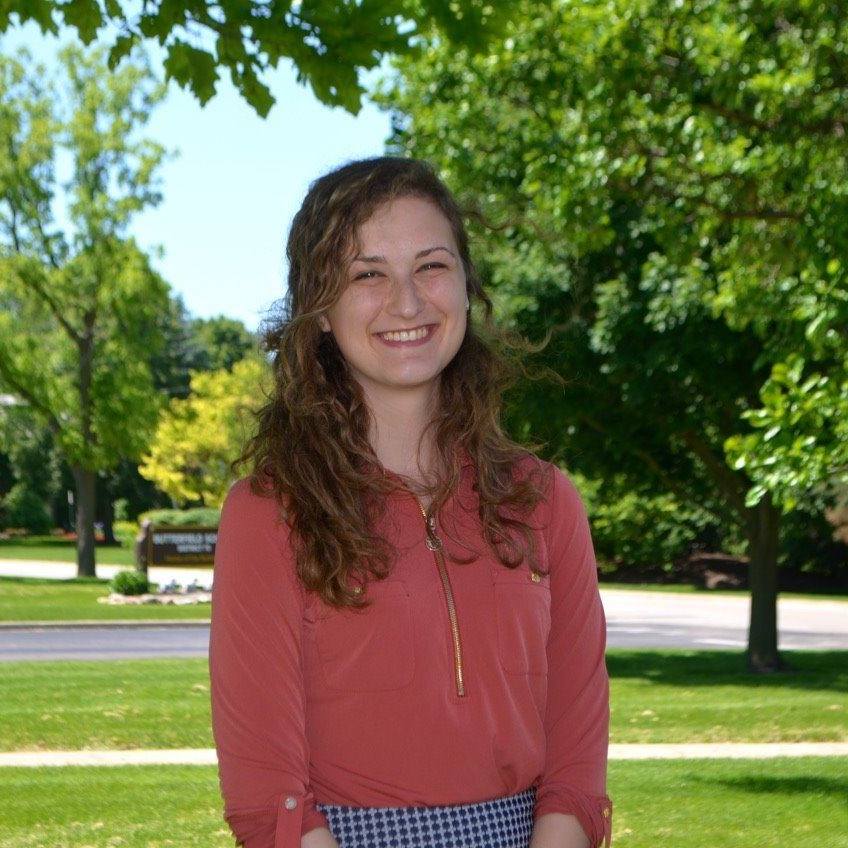Week 3
CS + X
Again a busy week as we prepare to teach our first cohort of Upward Bound students on 6/13! Sophia and I have continued to make adjustments to our existing materials as well as formally write up lesson plans.
From my experience as a music teacher, I rely on lesson plans to organize the day, and I always overplan and provide optional extensions to account for student interests. Even though I feel seasoned enough to gauge how long an activity will last, there is never a perfect formula as each student and each class have their own strengths, areas for improvement, and interests. Since this is a summer session, I want to be sure we are prepared to provide engaging activities that allow for students to discover their own areas of interest and provide relevant extensions.
Our first major activity with the kids, after some introductions and “get to know you” style games, is a beginning Python lesson. Sophia and I have worked on an interactive presentation and paired Google colab activity to prepare for this. We’ve practiced how we will facilitate these activities, and we are excited and ready for next week!
Study Skills and Belonging
I am continuing to hand-correct the transcripts of the student interviews. The A.I. that was used to provide the initial base write-up does an excellent job of recognizing syllable components because even words that are specific to this course at the University of Illinois such as “examlet” instead of “exam” and the application “Piazza” are accurately captured. Where this software lacks clarity is following the cadence of spoken sentences with regards to punctuation. There are times in the students’ interviews where a student will start to drop the pitch in their voice to indicate that they are near the end of a sentence, and the software will not end the sentence with a period. In addition, there are not reliable patterns for commas as well.
I have a new appreciation for people in the linguistics and natural language processing space! I found a bit of time to read some articles, and this one I found to be the most informative.
From the user’s speech, the audio is cleaned and processed, then the software does feature extraction, breaks the audio into phoentic components and parses through the speech, then outputs the text. The statistics and audio training behind these models is incredible. I am starting a summer course in databases today, so I hope I can gain more insight to see these programs from under the hood.
In addition, I have made progress in “coding” the interviews, said in another way, highlighting key words for later analysis. The student interviews that I analyzed seemed to be in contradiction with one another. When one student would say that the textbook is an integral part of their studying and used it for more than four hours a week, another student said they hardly used the textbook and preferred the lecture notes. One student would say that working in groups was not effective for them, and the other said they enjoyed working with their friends. In this dataset, we are beginning to see that there are multiple avenues for success and what “works” for one student is not guaranteed to “work” for another. I am interested to continue through these interviews to observe any more common threads (or opposites!).
Deb has begun to investigate the survey data with descriptive and analytic statistics, and I am looking forward to digging in as well. He split the survey data into four classes of students that had similar behaviors and responses to the survey and plotted their probability for question responses. We are seeing that the “cohorts” of students are showing trends in the resources that they utilized and the amount of time spent with those resources, so I plan to rank the cohorts by resources to help Deb and Dr. Gertner see the trends at a glance.
General Reflections
In several meetings this week, the CS + Linguistics team discussed the importance of providing opportunities and encouraging belonging in computer science with the students. I appreciate that the team is on the same page about the goals of the project because it provides us with a united front to give these students the best experience we can.
I am fasincated by the initial report that Deb put together with the latent class analysis and factor analysis, and I am going to review his program that he built in Jupyter Notebook. The survey had a lot of Likert scale questions and at first glance the factor analysis did not show many strong linking or related questions. The survey was given to students halfway through the class and at the end of the class, and upon further inspection we are seeing that there are three groups of participants: students that filled out both midterm and final surveys, students that only filled out the midterm, and students who only filled out the final survey. This would make a paired-t test more difficult, but I am glad we found this out so we can make adjustments moving forward.
